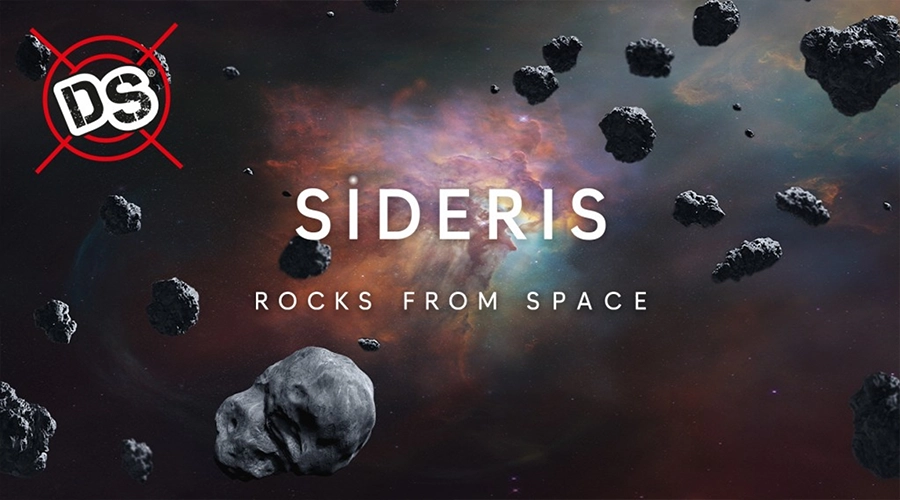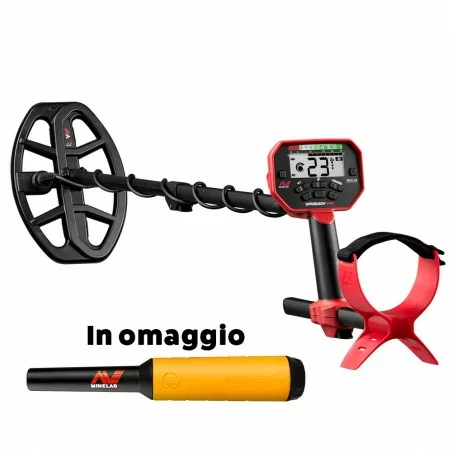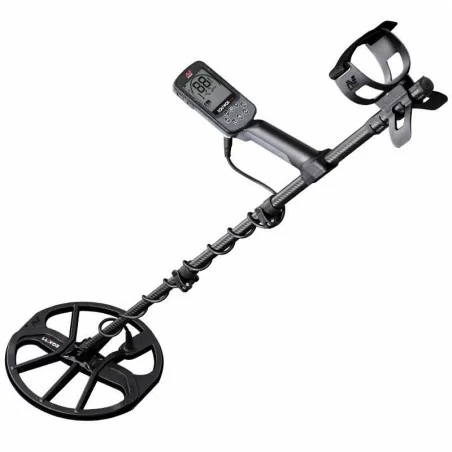The meteorite of over 2.5 kg that, on the evening of Valentine's Day, crashed on the balcony of a private home in the municipality of Matera caused a great stir in the Italian media (but not only).
On a total residual mass that managed to reach the ground of about 400-500 grams, over 70 grams were recovered in 12 main fragments and dozens of smaller splinters.
The announcement was made by Prisma (Prima Rete Italiana per lo Studio delle Meteore e dell'Atmosfera - First Italian Network for the Study of Meteors and the Atmosphere) of the National Institute of Astrophysics (INAF).
To shed light on this fascinating phenomenon and, in particular, on the meteorite of Matera we interviewed Professor Antonello Petriccione, one of the leading Italian experts on space finds.
What do we know today of Basilicata's meteorite?
“I would already say several things. We know, for example, that the 'Matera meteorite' (so renamed by the National Institute of Geophysics) was not particularly large and, above all, we already know its origin.
Based on the material from which it is composed, in fact, we have already succeeded, thanks to the cameras of the Prisma system, to establish that it came from outside the asteroid belt that lies between Mars and Jupiter. It was a very bright meteorite and its detonation in contact with the atmosphere was clearly felt by many people. And all this has favored the tracking.”.
What kind of material is the Matera's meteorite?
"According to the first surveys it is a 'chondritis', or a meteorite part of a very small asteroid that, during its 'life', has not undergone particular changes in temperature. It contains chondrule, i.e. spherules of mafic minerals with small grains, indicative of rapid cooling. It is presolar material".
What information can a meteorite provide us in general?
"Depends on. Because it is always important to recover the asteroid as soon as possible in order to minimize the risk of contamination by terrestrial agents. In the case of Matera, the finds were recovered almost immediately, within 24 hours, and fortunately fell on a tile and not on the dirty ground.
This is always very important because, in addition to chemistry, it becomes easier to detect any traces of amino acids or biological substances that can determine the origin of life.”.

Is there a meteorite market?
"Yes, of course, collecting has been developing a lot in recent years. To start this phenomenon was, 10 years ago, the famous Cheliabinsk meteorite, the most studied meteorite in history. It fell on February 15, 2013 on the Russian city of Cheliabinsk.
The asteroid, with a diameter of 19.8 meters, exploded in the atmosphere generating an energy 30 times greater than that of the Hiroshima bomb: its shock wave caused damage to the structures and shattered the window panes, causing over a thousand injuries".
What is the "Pink Gronky" of meteorites?
"They are the so-called 'carbonaceae'. On planet earth, as far as we know, only three have fallen and, by an incredible coincidence, two of these - at a distance of about 100 years from each other - crashed right in Italy, both in the Ferrara area within a radius of just twenty kilometers (the third has instead "landed" in Australia).
Here, these meteorites are highly sought after by collectors and have an extraordinary commercial value, about € 2,000 per gram. The particularly high estimate is due to their composition, since they contain about twenty different amino acids, but also to their age since they were not formed within the solar system but with supernova explosions.
Therefore they contain particles 7 billion years old, which is when the earth - which has approximately 5 billion - did not yet exist. And this makes the carbonaceae the finds, by far, the oldest on our planet".
Has a meteorite ever hit a human being?
In fact, considering that the amount of meteorites falling on our planet is about 450 tons per year, according to statistics, it has been calculated that, every 10 years, at least one in 10 people should be affected. And, instead, oddly enough, people affected by meteorites in the world are really very rare.
The last episode we recorded in India about 4-5 years ago. And, before this, the only documented case (it is mentioned in a text of the Ambrosiana library) was that relating to the 'Milan meteorite' which, in 1700, struck a friar in the leg, then bled to death.
Although it is a rare event, the danger is still real since the impact speed of the last meteorite of Matera was around 300 km / h, even if its speed, before entering the atmosphere, was definitely much higher, about 70 km / s!”.
Other articles that may interest you:
Garrett Apex metal detector
Minelab Vanquish 440 with free Pro-Find 20
Legend WHP
Equinox 700





